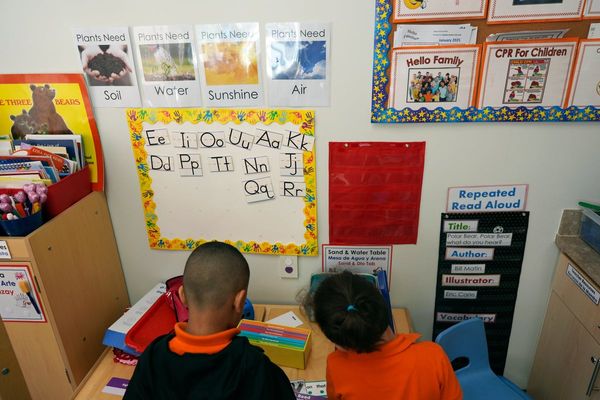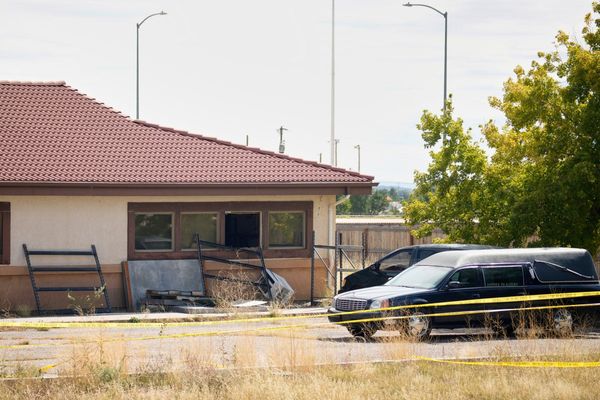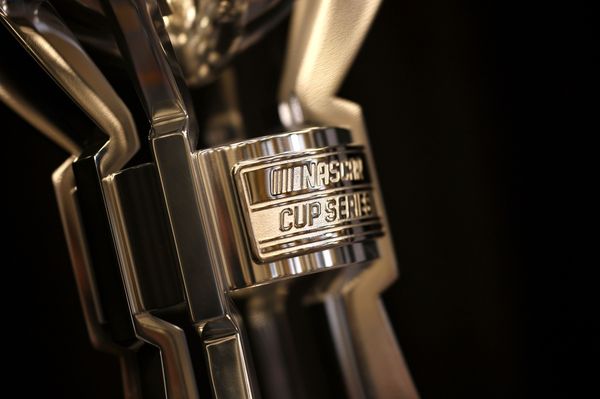On an average day in Ukraine, the opposing armies lob as many as 30,000 shells at one another. That’s more than 200,000 a week, almost 1 million a month—without including the bullets, land mines, hand grenades and other munitions being deployed as Vladimir Putin’s invasion enters its second year.
While Russian troops typically fire about twice as many rounds as Ukrainian forces do, stockpiles on both sides are shrinking. Ukraine’s ammunition use is “many times higher” than the current rate of production of its allies, NATO Secretary General Jens Stoltenberg told reporters in Brussels on Feb. 13.
That’s set up a scramble to get more ammunition and weaponry to the front, making the war as much a battle of factories as of troops. Neither side is at risk of totally depleting its inventory, but dwindling supplies restrict an army’s options, says Mark Cancian, a former US Marine colonel who’s now an adviser at the Center for Strategic & International Studies in Washington. “At some point, that becomes a problem,” he says. “If it becomes too constrained, you can’t shoot at really good targets.”
Some analysts say the conflict is showing uncomfortable parallels with World War I, when the combatants settled into entrenched positions and fired countless shells, hoping to break the stalemate. As the conflict dragged on, both sides suffered a shortage of artillery shells, and in 1915 Britain’s government was driven from office after it failed to deliver enough ammunition in what became known as the “shell crisis.”
Ukraine has managed to keep up because the more precise weaponry it’s gotten from NATO countries allows it to use its ammunition more effectively than Russia does, according to officials from the alliance. And it can rely on factories in Europe, the US and Canada that have far greater potential capacity than that of Russia, which faces sanctions and has had to turn to North Korea and Iran for supplies. The US Army says that by this spring its production of 155mm shells, a NATO standard for artillery, will rise from 14,000 to 20,000 per month. In January, the Army said it would invest $2 billion in several of its ammunition plants across the US, as it aims to reach monthly production capacity of 90,000 shells as soon as next year.
Germany’s Rheinmetall AG is investing more than €10 million ($10.7 million) in a new production line near Hamburg to make ammunition for the Gepard antiaircraft guns Berlin has supplied Ukraine. ZVS Holding in Slovakia says it will quintuple its annual production of 155mm shells, to 100,000, by next year. France and Australia are teaming up to produce unspecified quantities of 155mm shells. And Ukraine says it’s agreed with NATO members to produce various types of munitions in factories outside the country.
While Russia’s stockpiles are also under pressure, its capacity is multiple times that of Europe’s, with its industry in a position to annually manufacture 1.7 million 152mm artillery shells before the war, according to Estonia’s Ministry of Defense. No doubt the Kremlin remains focused on defense production, even if public information on Russia’s efforts to shore up its ammunition supplies remains limited. The country’s military expenditure is estimated as the third largest globally behind the US and China, according to The Military Balance report by International Institute for Strategic Studies. Government officials meet regularly with representatives of the industry to coordinate plans, and state television says armaments factories continued to work full tilt through the New Year holidays even as much of the rest of Russia took 10 days off. Defense Minister Sergei Shoigu has said that the military roughly doubled ammunition purchases in 2022 and that spending on weapons systems will increase 50% this year. “We have no funding restrictions,” Putin told Ministry of Defense staff in December. “The country, the government will provide whatever the army asks for. Anything.”
In February the state news agency reported increased output of Krasnopol guided artillery shells. The Center for the Analysis of Strategy and Technology in Moscow estimates production of combat aircraft jumped by half last year, though it was still 70% below the 2014 level. Uraltransmash, which makes self-propelled howitzers, has announced a big hiring push. And Uralvagonzavod, the primary manufacturer of Russian battle tanks, says it’s operating 24 hours a day. “We have to modernize and produce thousands more tanks,” former President Dmitry Medvedev, who now oversees weapons procurement, said during a visit to an armaments factory in the Siberian city of Omsk on Feb. 9.
Western Europe, by contrast, has been slow to ramp up output, says Tomas Kopecny, the Czech government’s envoy for Ukraine, who until recently led industrial cooperation as deputy defense minister. Defense ministers from more than a dozen NATO countries met last summer to discuss the problem, but many governments haven’t yet decided where or how to invest. “If we let the Russian economy turn fully into war production mode and we don’t start these projects,” Kopecny says, “they’ll be producing more ammo than whoever is delivering to Ukraine.”
European governments are boosting defense outlays, but that follows years of limited investment. The bureaucracy needed to direct spending has atrophied, so as money starts to pour in, there aren’t enough staffers to vet contracts, says Lucie Béraud-Sudreau, who tracks arms production at the Stockholm International Peace Research Institute. “Companies know that money is coming,” she says. “But they still lack contracts, and they want to make sure there is a return on investment.”
One of the biggest impediments to higher production is a reflex among some NATO states to procure weapons and munitions on their own for homegrown systems rather than working with other nations, according to a senior European diplomat who asked not to be identified discussing sensitive matters. Bundling orders could speed up production while keeping a lid on costs, the diplomat says, and using the same type of ammunition would help ensure everyone gets what they need.
Until supply concerns ease, both sides will probably have to limit their use of ammunition, says Rob Bauer, NATO’s top military officer. And that, the Dutch admiral says, offers lessons for the alliance in any broader conflict it might become involved in. “War is about stocks,” he says, “about your ability to continue the fight as long as it takes.”
©2023 Bloomberg L.P.







